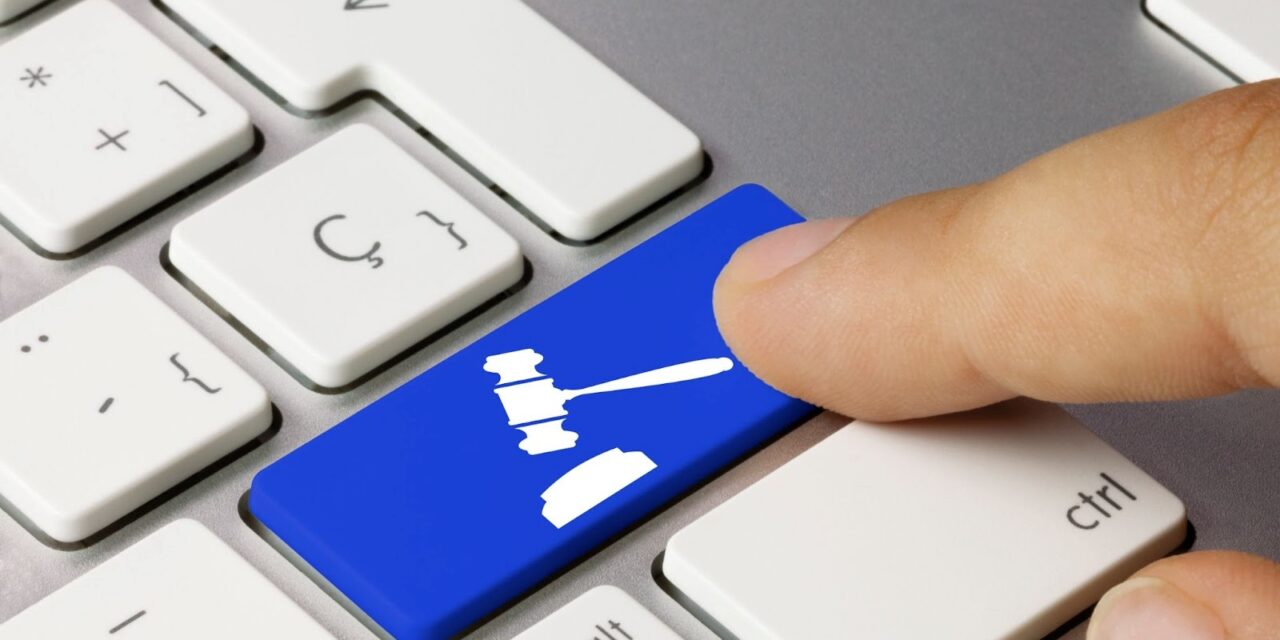-
- Evaluate Needs & Usability: Understand auction specifics and prioritize an intuitive, mobile-responsive platform.
- Prioritize Features & Security: Opt for software with essential tools like dynamic bidding and ensure robust data protection.
Reverse auctions, a procurement strategy where suppliers compete to win business by lowering their prices, have become increasingly popular with Procurement Teams for saving money in purchasing and securing the lowest price for a product or service . Leveraging technology, especially reverse auction software, is the key to efficiently conducting these auctions. With a myriad of software choices available, how does one choose the best? In this guide, we’ll share expert insights to help you make an informed decision in selecting reverse auction software.
1. Understand Your Business Needs
Before diving into software specifics, have a clear understanding of:
Auction Volume: Do you plan to conduct auctions frequently or occasionally?
Auction Complexity: Will you be dealing with simple auctions or intricate ones with multiple variables besides price?
Integration Needs: Does the software need to integrate with existing systems like ERP or procurement tools?
2. User Experience Matters
A software’s functionality is vital, but so is its usability:
Intuitive Design: Ensure the reverse auction platform is user-friendly and doesn’t require excessive training for buyer and seller.
Mobile Compatibility: Considering the increasing mobile usage, opt for software that’s mobile-responsive.
3. Comprehensive Feature Set
Look for the following essential features:
Dynamic Bidding: Allows suppliers to view their rank and adjust bids in real-time.
Customizable Templates: Facilitates the creation of auction events without starting from scratch.
Multi-Variable Auctions: Beyond just price, the software should allow consideration of other factors like delivery time, quality, etc.
Multiple Auction Formats: Apart from Reverse Auctions, the software should also support other types of auctions including traditional auctions, Dutch Auctions, Japanese Auctions. The online auction tool should support the reverse auction process for both goods or services.
Real-time Analytics: Provides insights during the auction, aiding in decision-making.
4. Robust Security Protocols
Given the sensitive nature of auction data:
Data Encryption: Ensure the software encrypts data both in transit and at rest.
Regular Backups: The software should automatically back up auction data to prevent loss.
Authentication Measures: Implement strong authentication methods to restrict unauthorized access.
5. Scalability
Your business needs may evolve. Ensure your software can:
Handle More Suppliers: As your supplier base grows, the software should accommodate them without performance issues.
Support Advanced Features: Over time, you might need advanced analytics, AI capabilities, or integration with new tools.
6. Integration Capabilities
A standalone tool might not be enough. Seamless integration with:
ERP Systems: To synchronize supplier data, procurement details, and financials.
Payment Gateways: If immediate payment processing post-auction is needed.
Supplier Management Tools: To maintain continuity in supplier interactions post-auction.
7. Reliable Customer Support
Issues can arise:
24/7 Support: Ensure the software provider offers round-the-clock support.
Multiple Channels: Support should be accessible via phone, chat, email, and other channels.
Training Resources: The provider should offer tutorials, guides, or workshops to familiarize your team with the software and make it ease to implement reverse auction software.
8. Test Before You Invest
Most reputable software providers offer:
Pilot Use: Test the software’s features including the various types of reverse auctions, and gauge its fit for your needs.
Demo Sessions: A guided tour can help understand the software’s full capabilities.
9. Analyze Cost Implications
Cost is a vital consideration:
Transparent Pricing: Ensure there are no hidden costs. Understand the pricing structure – is it per auction, monthly, annually?
Return on Investment (ROI): Consider the software’s potential ROI, factoring in time savings, improved supplier negotiations, and potential cost reductions.
10. Seek Peer Recommendations
Networking is invaluable:
Industry Peers: Talk to peers in your industry who have used reverse auction software. Their insights can be gold, in understanding the benefits of reverse auctions.
Online Reviews: Platforms like G2 Crowd or Capterra can offer unbiased user reviews and ratings.
11. Future-Ready Features
As technology evolves, having a future-ready tool is advantageous:
Artificial Intelligence: Some modern platforms offer AI-driven analytics or automated bidding strategies.
Cloud-Based: A cloud-based solution ensures you always have the latest features without needing manual updates.
12. Vendor Reputation
The software’s quality is often reflective of the vendor’s reputation:
Years in Business: A long-standing vendor typically has more refined software.
Client Testimonials: Genuine client feedback can provide insights into the software’s performance and reliability.
Conclusion
Selecting the right reverse auction software is a significant decision that can impact procurement efficiency, supplier relationships, and cost savings. While the points mentioned above provide a roadmap, it’s crucial to remember that every business’s needs are unique. Assess your needs, prioritize features, and choose a platform that meets your business’s current and future requirements. Reverse auctions with the right software can be a powerful tool for procurement. They improve supplier negotiations, transparency, and save costs.










